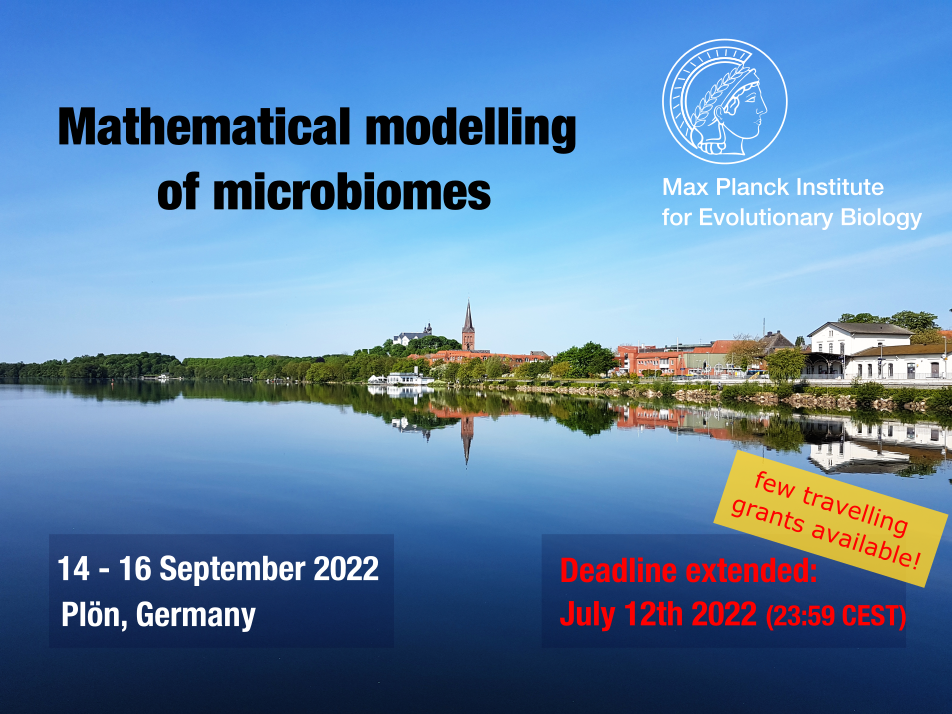Speaker
Description
Authors: Julie Teresa Shapiro, Alvah Zorea, Aya Brown Kav, Itzik Mizrahi, Shai Pilosof
The microbiome is predominantly treated as the collection of microbes limited to a given space. However, all microbiomes are open communities that include, beyond microbes, mobile genetic elements. Of these, plasmids are major agents of microbial evolution, horizontally spreading genes within and between microbes. A hallmark example is genes of antimicrobial resistance - a major threat to public health, many of which are transmitted to humans from cattle such as cows. The cow rumen microbiome hosts a diverse community of plasmids (plasmidome). One way to identify pathways of gene transmission, inspired by disease ecology, is using plasmidome sequence similarity networks. However, studies of plasmid sequence similarity networks have only used published sequences of plasmids from disparate systems, rendering this approach irrelevant. To investigate potential transmission between cow hosts and genetic exchange between plasmids, we constructed a multilayer network based on pairwise genetic similarity composed of 1344 plasmids (nodes) from 21 cow plasmidomes originating in a single population of dairy cows (layers). The network was dominated by interlayer connectivity, suggesting that gene exchange is more likely between plasmids from different cows than within a cow. By analyzing network modularity compared to shuffled networks we further detect non-random major pathways of transmission. Specifically, we find clusters of cows sharing many transmission pathways -- a signature of super-spreading at the cow level. Plasmid functions influenced network structure: plasmids containing mobility genes were more connected. In addition, plasmids with the same AMR genes, though rare in our data set, formed independent clusters. Finally, via analysis of link weights we show that gene exchange between plasmids in major transmission pathways is dominated by plasmid dispersal rather than HGT. Overall, our results provide insights into the mechanisms by which genes can spread across animal hosts, shaping microbiome diversity.

